Eastern Historical Monument Illustration for Book Cover
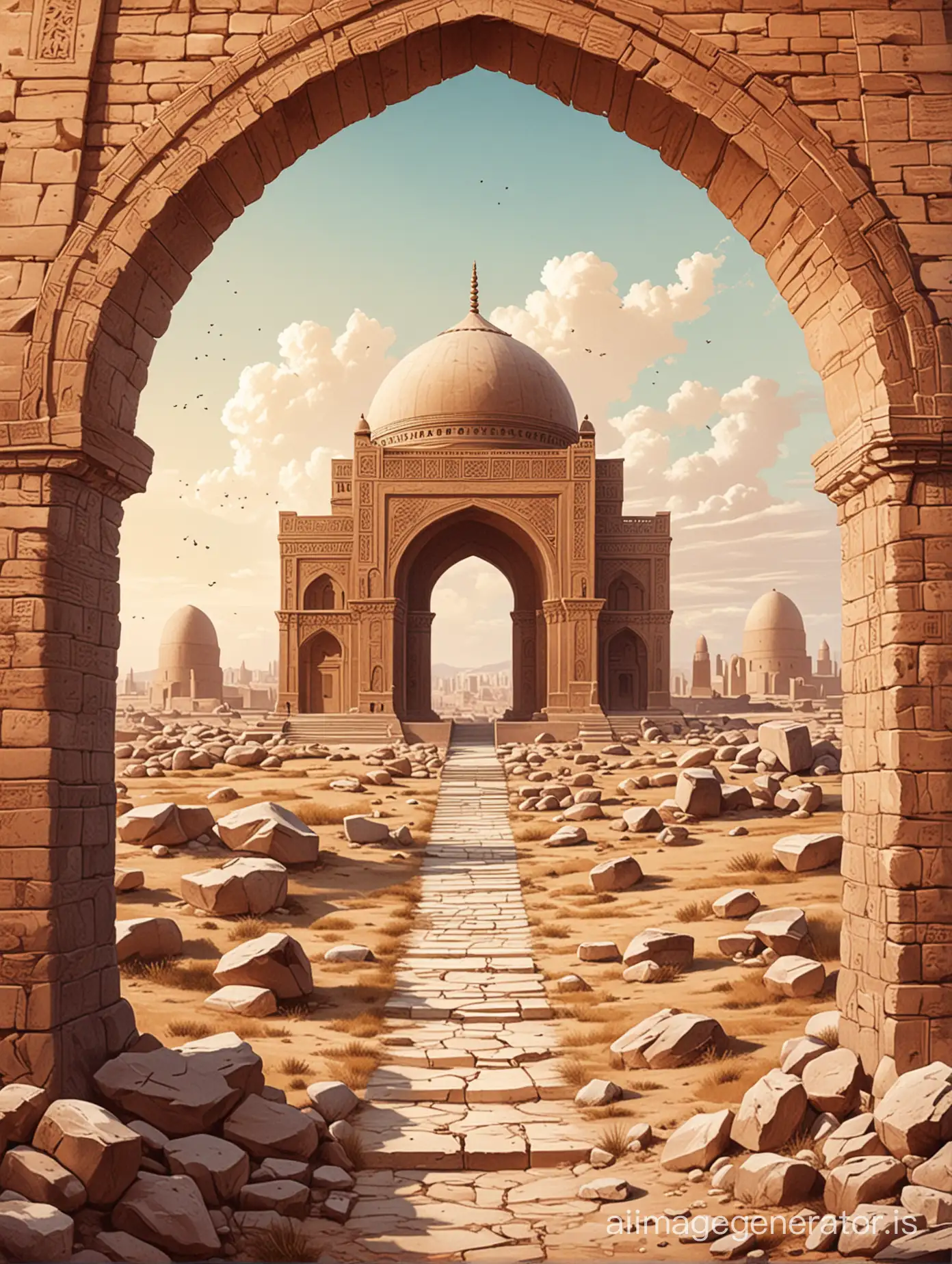
Image Prompt
Prompt
Illustration for a book cover. Eastern historical monument for background
Model: realistic
Ratio: 3:4
Related AI Images
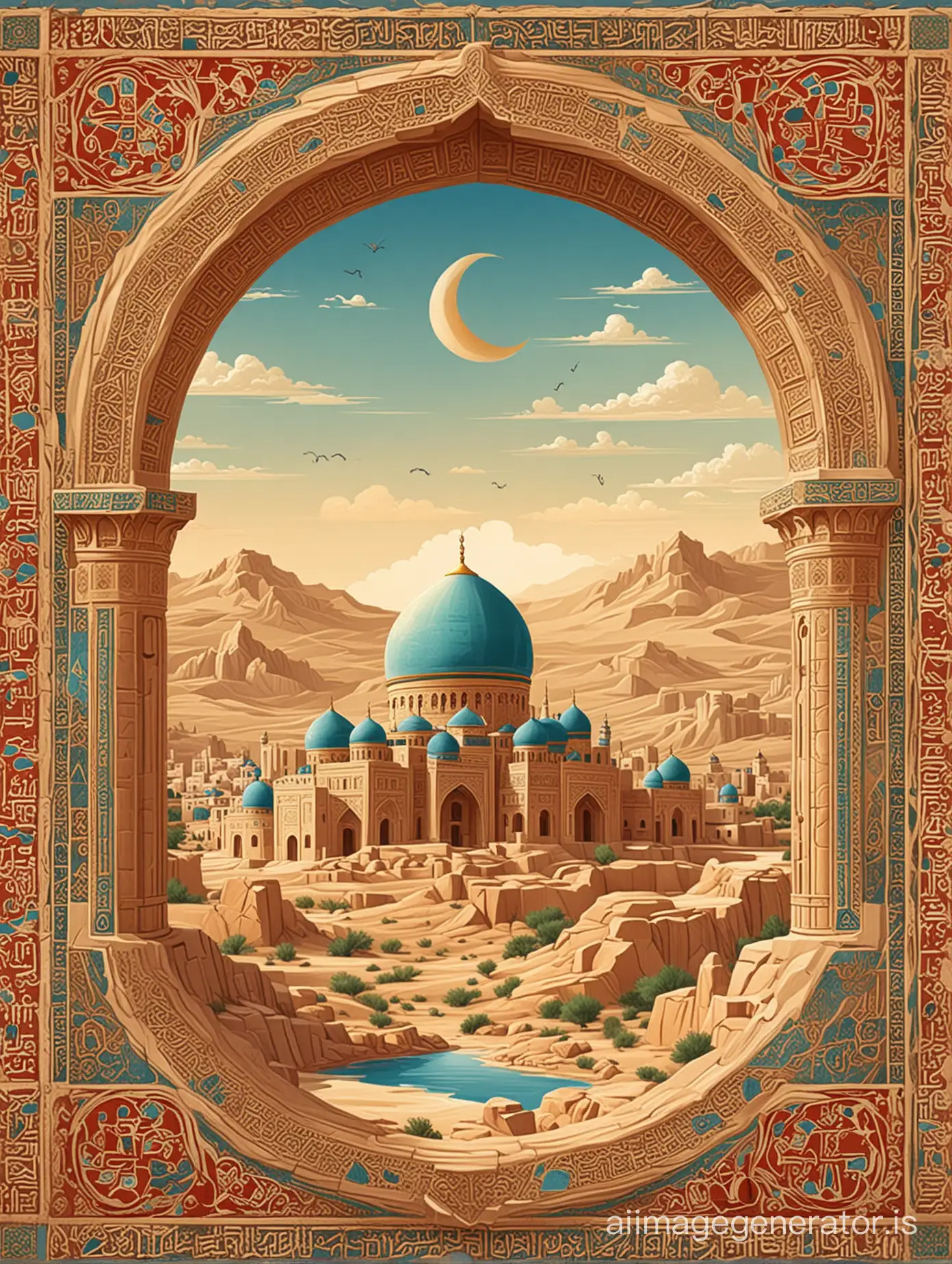
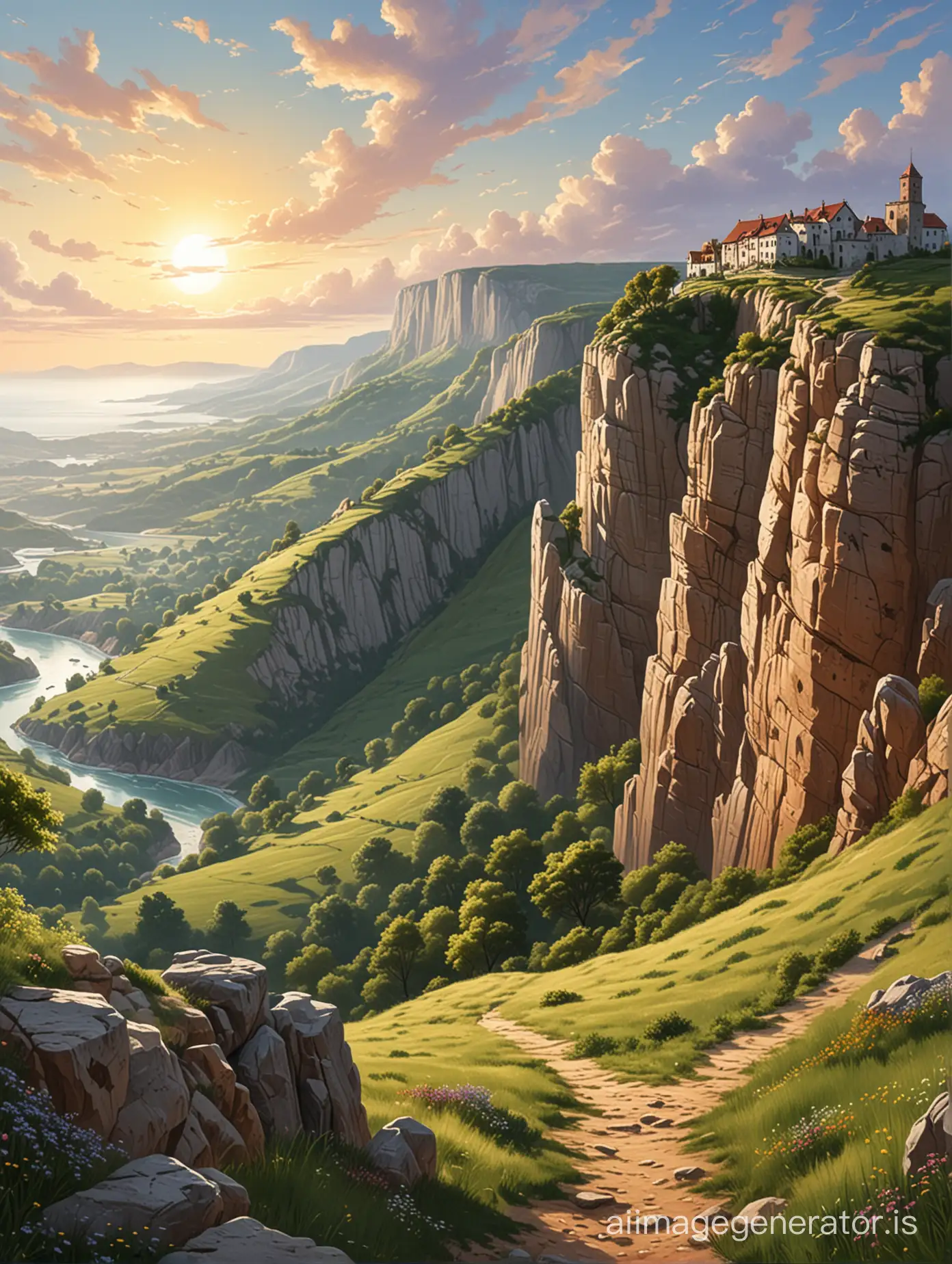
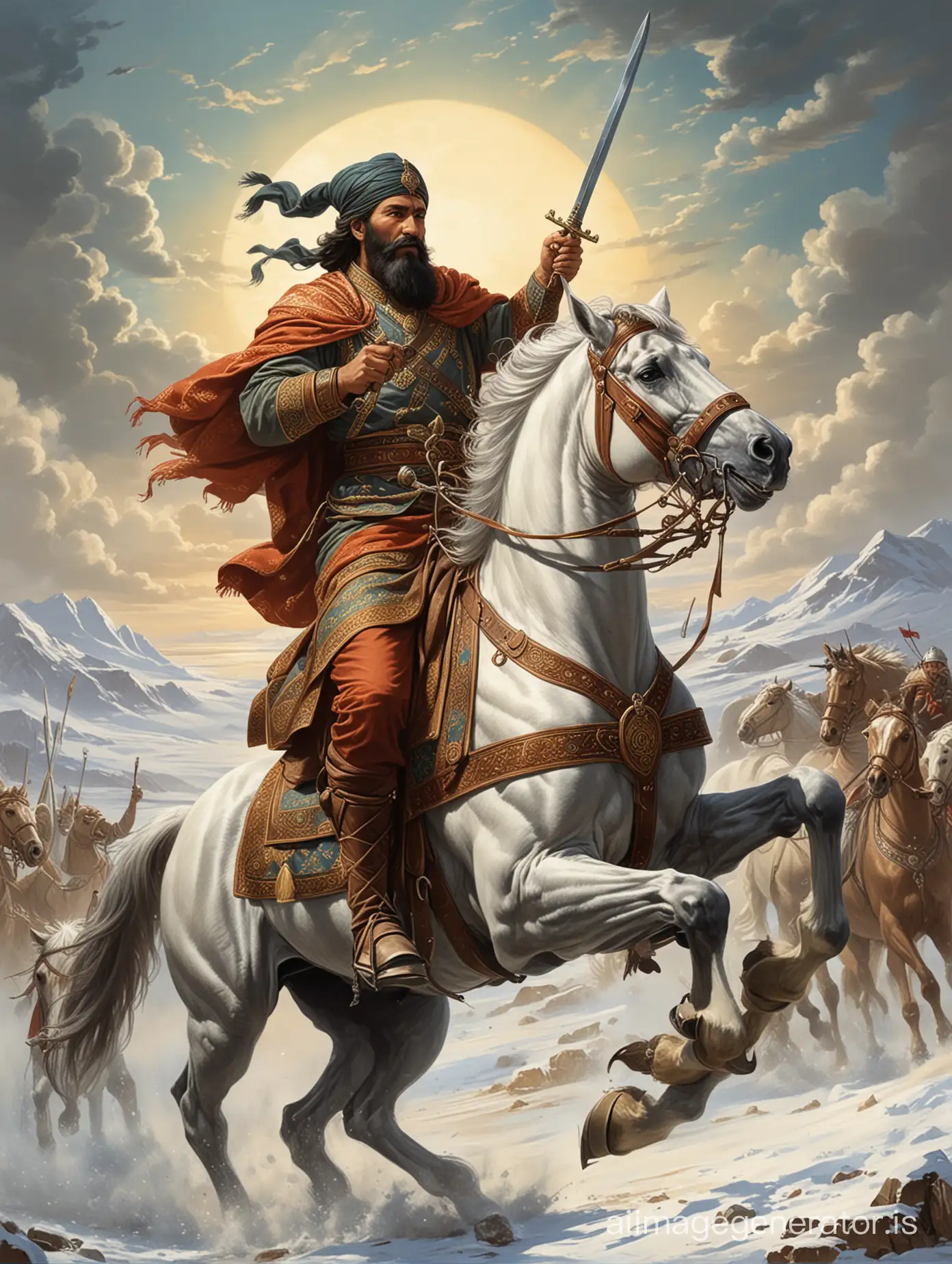
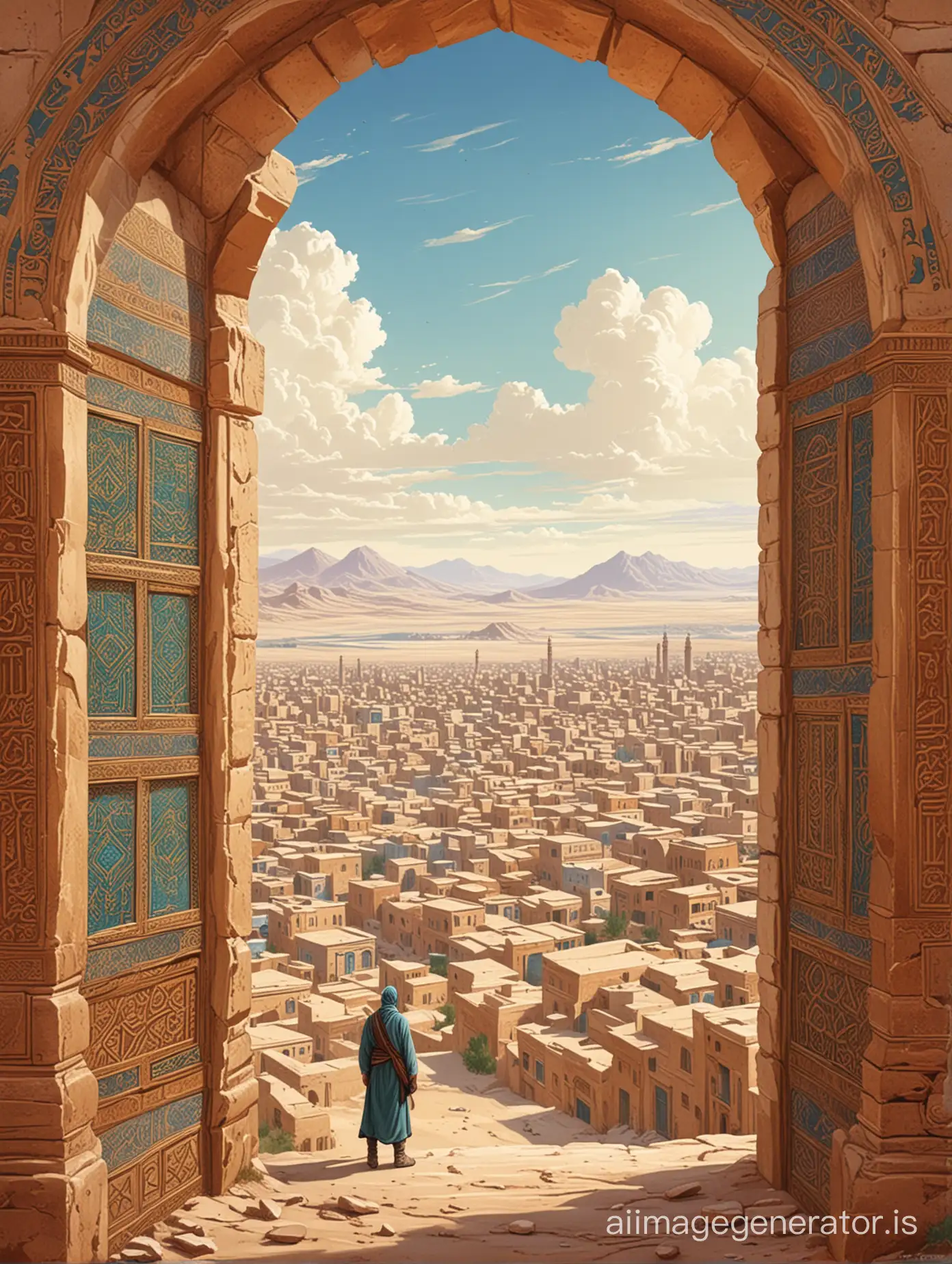
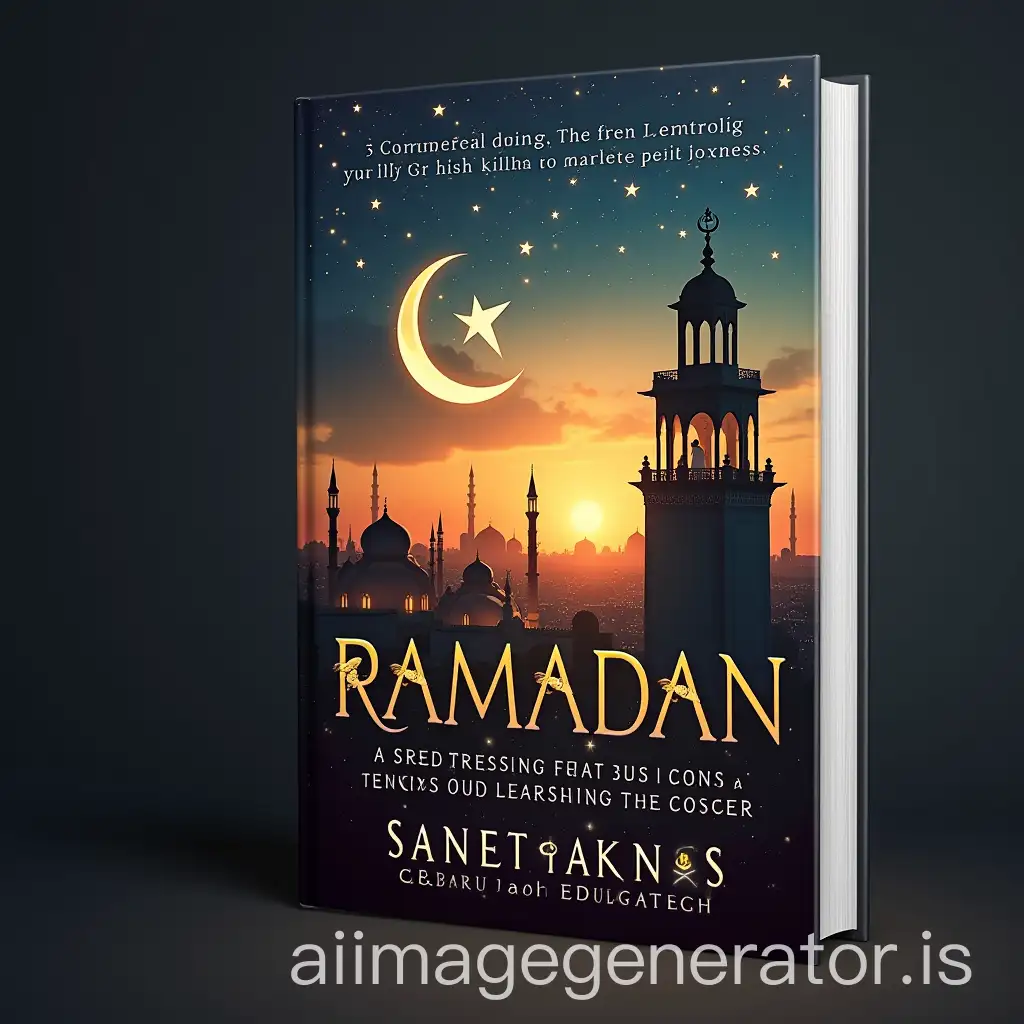
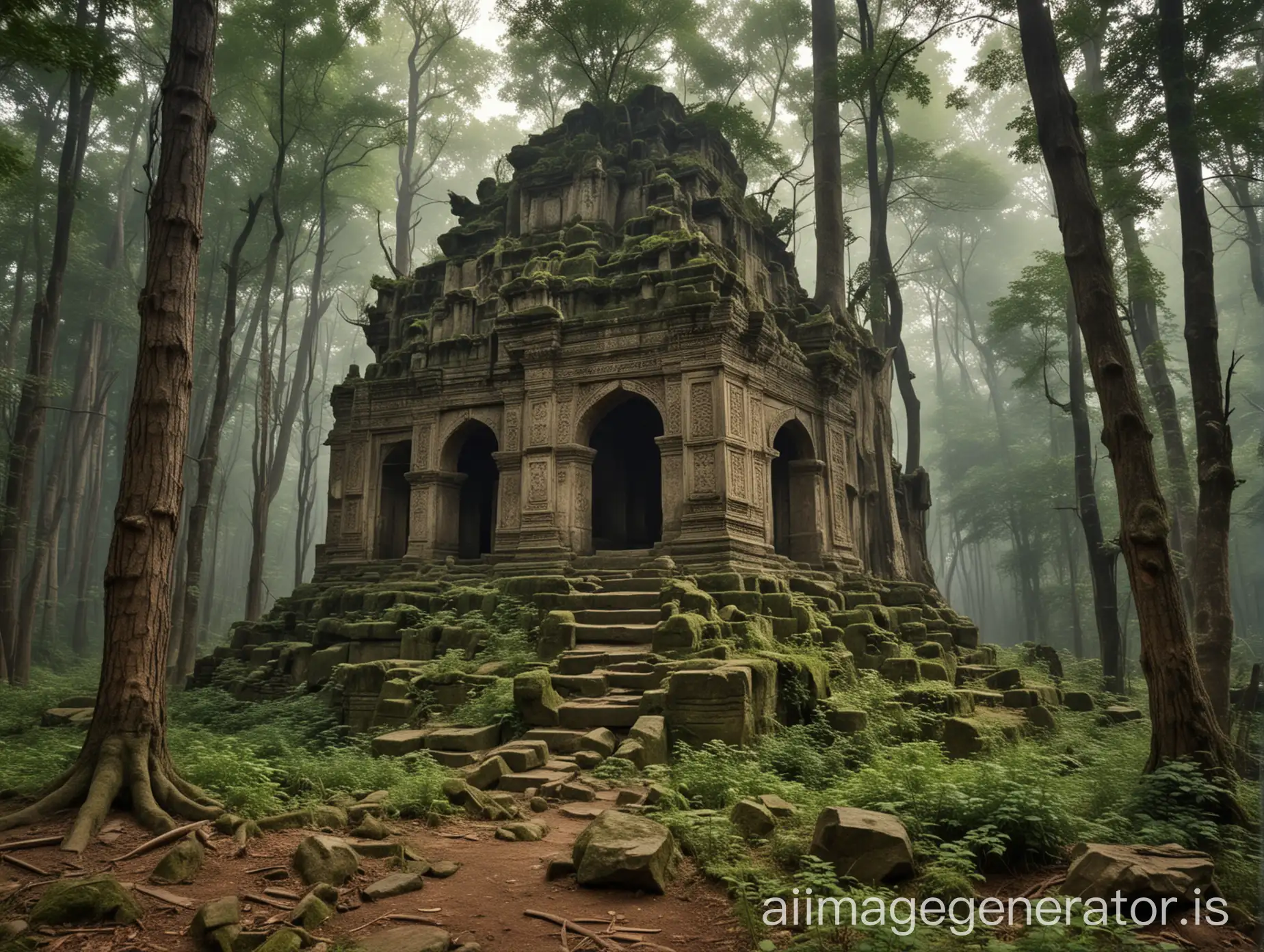
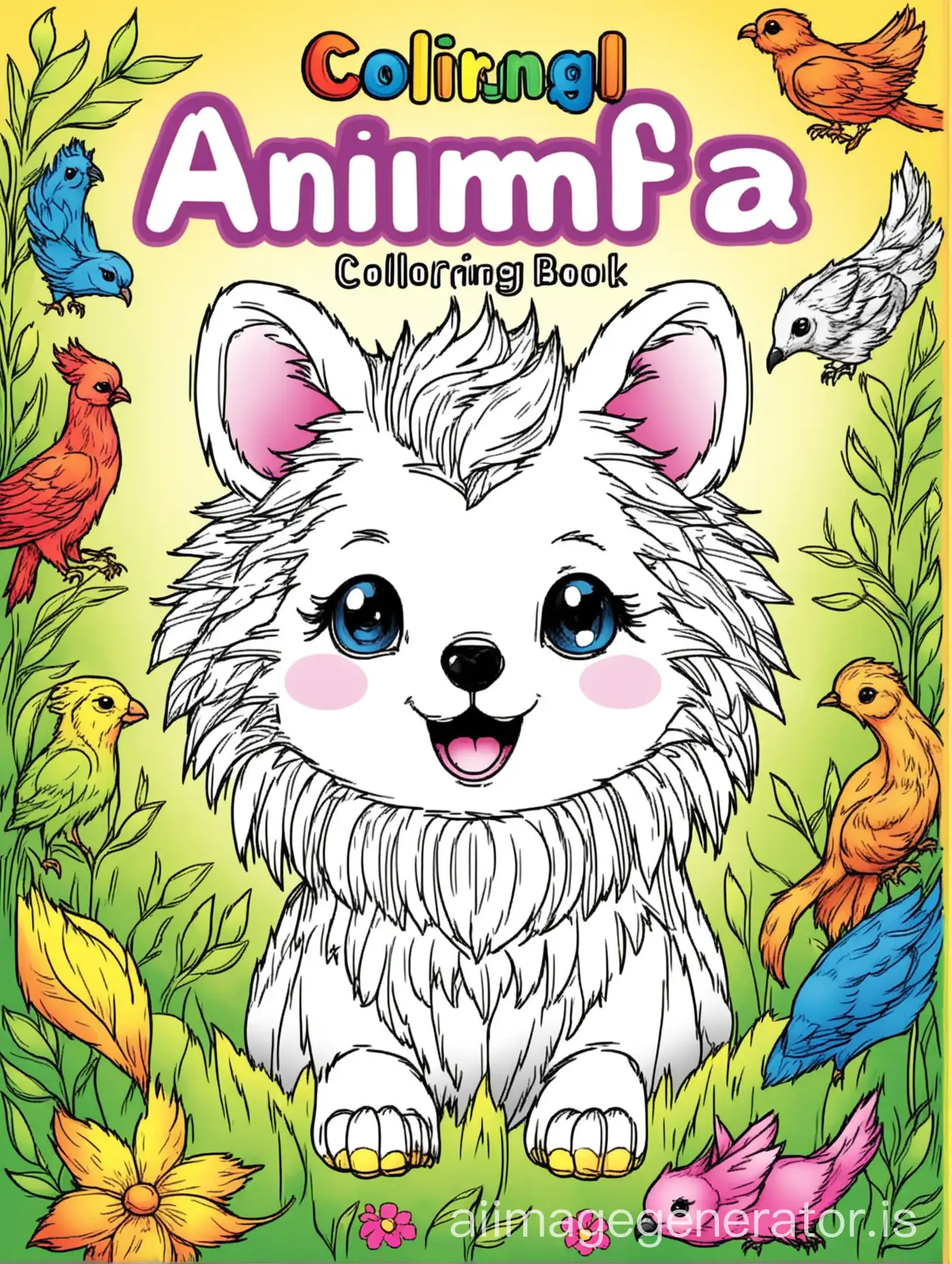
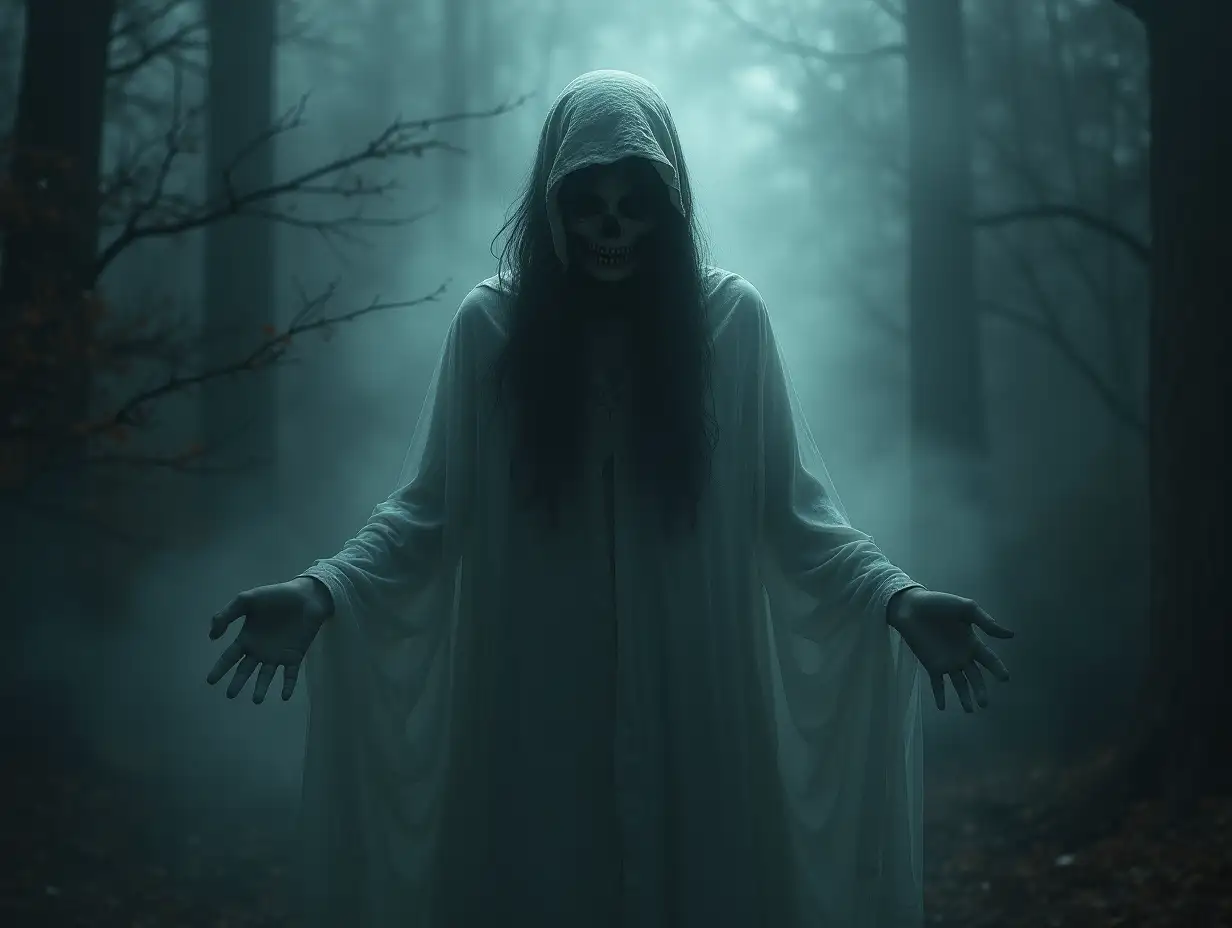
Related Tags
Prompt Analyze
- Subject: The primary subject of the image is an Eastern historical monument, which could include iconic structures like the Great Wall of China, the Taj Mahal, or ancient temples. The monument serves as the central focus, conveying a sense of grandeur and historical significance. Setting: The setting is likely to be a picturesque landscape, reflecting the cultural and geographical context of the monument's location. This could involve lush greenery, mountains, or desert landscapes, depending on the specific monument depicted. Background: The background of the image should showcase the monument prominently, with attention to detail in its architecture and surrounding environment. The lighting and atmosphere could vary depending on the time of day, emphasizing the monument's majesty and allure. Style/Coloring: The illustration may adopt a vibrant color palette to evoke the richness and diversity of Eastern cultures. The style could range from realistic to stylized, capturing the essence of the monument while incorporating elements of artistic interpretation. Action or Items: While the primary focus is on the monument itself, the illustration could include subtle details or activities that enhance the narrative. This might include figures in traditional attire, local wildlife, or symbolic elements relevant to the monument's history and significance. Costume or Appearance: If human figures are present, they may be depicted wearing traditional attire indicative of the monument's cultural heritage. The clothing could vary based on historical period and regional customs, adding authenticity and depth to the illustration. Accessories: Accessories such as architectural ornaments, cultural artifacts, or symbolic motifs may adorn the monument, enriching its visual appeal and conveying deeper meanings. These details can enhance the viewer's understanding and appreciation of the monument's significance.